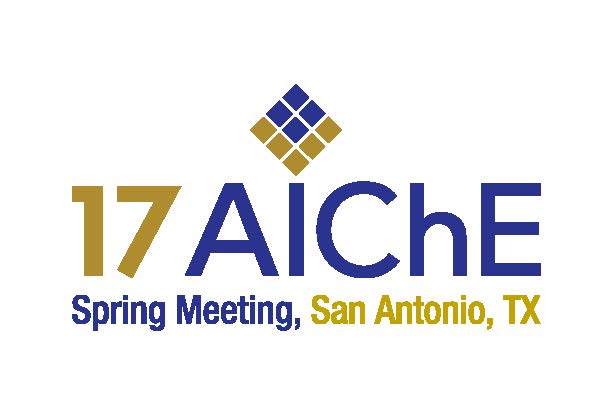

The 2nd edition of CCPS’s Guidelines for Safe Automation of Chemical Processes discusses the application of the inherently safer strategies to automation systems. Inherently safer design is often thought of as a process design approach, but this term can be applied to the design of the layers of protection implemented to prevent abnormal operation from causing a loss event. Inherently safer design of protection layers creates more sustainable safeguards. As processes go from conceptual to existing installations, the opportunities to apply the inherently safer strategies to the process design become constrained by cost and practicality. A wider perspective shows that the inherently safer strategies can be used to create automation systems that have less potential for dangerous failure, whether the failure occurs due to safeguard design, to a support system disruption or to human error. One might argue that the application of these strategies to automation can only make a process safer, rather than inherently safer. However, when such strategies are applied systematically across the site, the resulting design and management practices become part of “the way things are done†and result in an inherently safer process operation.
This paper will discuss the application of the inherently safer strategies to automation systems. The cost and sustainability of different risk reduction options are presented. Then, guidance on and practical examples of the application of the inherently safer strategies for automation are provided.
Presenter(s)
Once the content has been viewed and you have attested to it, you will be able to download and print a certificate for PDH credits.
If you have already viewed this content,
please click here
to login.
Language
Pricing
Individuals
| AIChE Member Credits | 0.5 |
| AIChE Pro Members | $19.00 |
| Employees of CCPS Member Companies | Free |
| AIChE Graduate Student Members | Free |
| AIChE Undergraduate Student Members | Free |
| AIChE Explorer Members | $29.00 |
| Non-Members | $29.00 |
